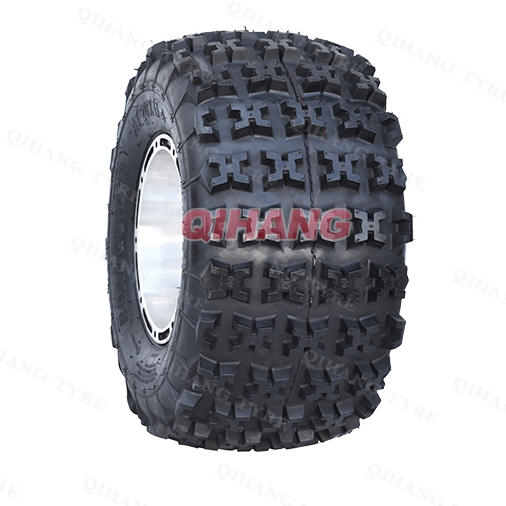When installing industrial tires, pay attention to the following matters:
1. Compatibility check:
Before installation, first check the compatibility of the tire and the rim. Make sure that the tire specifications and models to be installed match the rim models, and the rim width must also be adapted to the tire.
Carefully check whether the rim has defects or burrs. If there are burrs, they need to be polished first to prevent damage to the tire.
2. Use lubricants:
In order to ensure that the tire can be installed smoothly and reduce friction with the rim, lubricants should be sprayed on the hub of the tire and the outer surface of the rim during installation.
Soap water, laundry detergent water, etc. can be used as lubricants. If conditions permit, special lubricants for tires can be used. However, common industrial lubricants such as greases should be avoided, as they may swell the rubber and damage the tire.
3. Correct installation method:
When placing the tire on the rim, it should be flat and not tilted to ensure smooth installation and avoid the tire swaying left and right during use.
The rim must be installed in place and the bolts must be tightened to prevent the tire from separating from the rim and causing danger.
4. Comply with installation standards: According to relevant standards, tires must be installed concentrically on the vehicle. Tires of different specifications, different manufacturers and different degrees of wear cannot be mixed on the same vehicle or on the same axle, nor can they be mixed with pneumatic tires to avoid personal or equipment accidents.
5. Tire direction and marking: Pay attention to the installation direction of the tire and ensure that the rotation direction of the tire is consistent with the driving direction of the vehicle to improve driving stability and safety. If there is an arrow mark on the tire, make sure that the arrow points to the forward direction of the vehicle.
6. Cleaning and protection: During the installation process, keep the rim and tire clean and avoid impurities and foreign matter to ensure installation quality and driving safety. Be careful during installation to avoid scratching or damaging the tire and rim.
7. Post-installation inspection: After installation, air pressure detection and balance adjustment should be performed to ensure that the tire pressure meets the standard to improve driving comfort and safety. Carefully check whether the tire is installed firmly and put it into use only after confirmation.


